Modern Artists
-
(Vitebsk, 1887 – Saint-Paul de Vence, 1985)
Arriving in Paris in 1925 after being exiled from Russia, Marc Chagall drew deep inspiration from the Jewish traditions of his childhood. Despite a life marred by uprootedness and the trauma of two world wars, his artwork is defined by a vibrant palette and a poetic sensibility. His paintings, infused with rich colors and dreamlike imagery, reflect both the joy and sorrow of his experiences, blending nostalgia with a touch of the surreal.
-
Ukrainian and Russian artist Piotr Kontchalovski is one of the founder of the Jack of Diamonds artistic group. His landscapes and still lifes were highly influenced by Paul Cézanne. Later in his career Kontchalovski finds inspiration for his portraits in the soviet Socialist Realism’s aesthetic.
-
(Moscow, 1886 – Moscow, 1958)
After studying at the Moscow School of Painting, Sculpture, and Architecture, Robert Falk became a key figure in the Jack of Diamonds artistic group, where he emerged as one of its most active members. His Neo-Impressionist style, distinguished by the use of multiple layers of paint, reflects the profound influence of Paul Cézanne and the early 20th-century French art movements. Falk's work showcases a unique blend of vibrant color and textured depth, capturing the essence of modernist experimentation in that era.
-
(Paris, 1928 – Tourtour, 1999)
Bernard Buffet's distinctive use of varying shades of gray and stark black lines became the hallmark of his figurative art, earning him widespread acclaim in France and internationally. His somber palette and sharp, angular forms captured the bleakness of post-war existentialism. Beyond his artwork, Buffet's lifestyle, which drew significant media attention from the 1950s onward, further solidified his fame on the global stage.
-
(Lawnton, 1898 – New York, 1976)
The best way to describe Alexander Calder’s artwork is through the notion of diversity. From paintings to theater designs and miniatures to his « mobiles », the sculptures for which he is most famous for, Calder embodies the artist as well as the engineer. His art is a representation of a world under construction where the industrial age seems like the new form of nature.
-
(Paris, 1840 – Giverny, 1926)
Founder of the Impressionism art movement, Claude Monet used to say that « color is my obsession of the day, the joy and the tourment » and that’s precisely what appears to sight when looking at his colorful landscapes paintings.
His next move was to Paris, where he lived and worked for two years. For the past twelve years he has been living in New York and loves working in this exciting city where he continues to do lifestyle, fashion and advertising photography.
-
(Near Vienna, 1890 – Vienna, 1918)
Egon Schiele’s short career with his tragic death at only 28 years old as well as his freedom of inspiration make him one of the most influentials exponents of Expressionism. The raw expression of sexuality and torment are embodied by his marked lines and twisted body-parts.
-
(Nolde, 1867 – Seebüll, 1956)
Considered as one of the first Expressionists and member of Die Brücke, Emil Nolde is particularly known for his expressive brushstrokes where darker tones and deep yellows and reds coexist in harmony in watercolors as well as in oil paintings.
-
(Argentan, 1881 – Gif-sur-Yvette, 1955)
Inspired by Modigliani, Paul Cézanne and Picasso, Fernand Léger artwork aims to be a representation of the « modern life » in a world marked by the industrial era.
-
(Argenteuil, 1882 – Paris, 1963)
From his early career alongside the Fauvist movement to the foundation of Cubism with Pablo Picasso, Georges Braque managed to reinvent his style, themes and figures through every stage of his life.
-
(Le Cateau, 1869 – Nice, 1954)
With a career that lasted more than 60 years, Henri Matisse explored different media like painting, sculpture and printmaking while always putting vibrant colors at the center of his artwork. Matisse’s art is an ode to the beauty of nature and the simplicity of its shapes.
-
(Madrid, 1887 – Boulogne-Billancourt, 1927)
Juan Gris’ career begins in Bateau- Lavoir where he lives and works alongside Georges Braque et Pablo Picasso. Gris is most famous for his still lifes with lines and rigorous geometric compositions defining the Synthetic Cubism.
-
(Brühl, 1891 – Paris, 1976)
German painter and sculptor, Max Ernest marked art history with his provocative and non-conventional approach to art by translating dreams and the power of the unconscious through his works. Pioneer of both Dada and Surrealism movements, French poet André Breton described him as « The man of endless possibilities ».
-
(Malaga, 1881 – Mougins, 1973)
Considered as one of the most influential artists of the 20th century and founder of the Cubist movement, Pablo Picasso’s distinctive shapes and colors will be among the most important features of his artwork as demonstrated by the so called Blue and Pink Period.
-
(Aix-en-Provence, 1839 – 1906)
Even though for the most part of his career Paul Cézanne didn’t get his artwork recognized, his research around shapes and color lead him to be considered as the « father of modern painting » as well as the precursor of Cubism.
-
Pierre-Auguste Renoir, commonly known as Auguste Renoir (25 February 1841 – 3 December 1919), was a French artist who was a leading painter in the development of the Impressionist style. As a celebrator of beauty and especially femininesensuality, it has been said that “Renoir is the final representative of a tradition which runs directly from Rubens to Watteau. He was the father of actor Pierre Renoir (1885–1952), filmmaker Jean Renoir (1894–1979) and ceramic artist Claude Renoir (1901–1969). He was the grandfather of the filmmaker Claude Renoir (1913–1993), son of Pierre.
-
Roberto Sebastián Antonio Matta Echaurren ( November 11, 1911 – November 23, 2002), better known as Roberto Matta, was one of Chile‘s best-known painters and a seminal figure in 20th century abstract expressionist and surrealist art.
-
Alexander Georg Rudolf Bauer[1] (11 February 1889[2] – 28 November 1953, Deal, New Jersey[3]) was a German-born painter who was involved in the avant-garde group Der Sturm in Berlin, and whose work would become central to the Non-Objective art collection of Solomon R. Guggenheim.
-
Salvador Domingo Felipe Jacinto Dalí i Domènech, 1st Marquis of Dalí de Púbol (11 May 1904 – 23 January 1989), known professionally as Salvador Dalí was a prominent Spanish surrealist born in Figueres, Catalonia, Spain.
Dalí was a skilled draftsman, best known for the striking and bizarre images in his surrealist work. His painterly skills are often attributed to the influence of Renaissance masters.[3][4] His best-known work, The Persistence of Memory, was completed in August 1931. Dalí’s expansive artistic repertoire included film, sculpture, and photography, at times in collaboration with a range of artists in a variety of media.
Dalí attributed his “love of everything that is gilded and excessive, my passion for luxury and my love of oriental clothes”[5] to an “Arab lineage”, claiming that his ancestors were descendants of the Moors.[6][7]
Dalí was highly imaginative, and also enjoyed indulging in unusual and grandiose behavior. To the dismay of those who held his work in high regard, and to the irritation of his critics, his eccentric manner and attention-grabbing public actions sometimes drew more attention than his artwork
-
Victor Brauner (also spelled Viktor Brauner; 15 June 1903 – 12 March 1966) was a French Romanian sculptor and painter of surrealistic images.
-
Raymond Georges Yves Tanguy (January 5, 1900 – January 15, 1955), known as Yves Tanguy, was a French surrealist painter.

